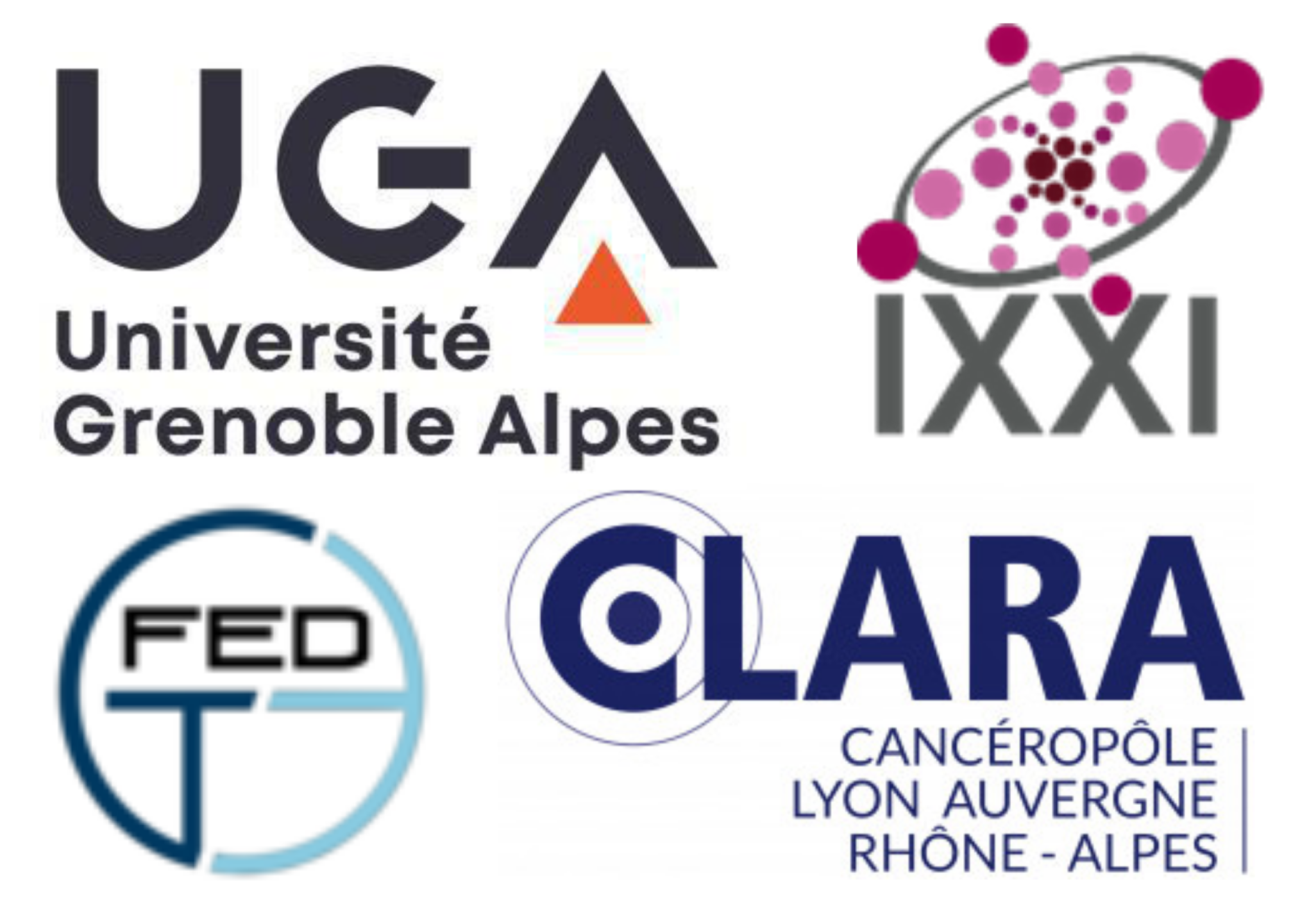Oxygen (O2) undoubtedly plays an essential role in the life of many organisms. Cells however need to adapt to surrounding, or internal, low oxygen regions which are either self-generated or occur due to the complex surrounding environment. We previously showed that a confined colony of amoeba leads to self-generated gradients due to O2 consumption – and in turn, the cells react with positive aerotaxis away from hypoxia and upwards the gradient in a collective manner. We also previously showed, using our “Go-or-Grow” model, that the self-generated O2 gradients arising are solely responsible for this collective phenomenon, not on other intercellular communication. The main ingredient for this behavior is the cells' aerotactic response potential to hypoxia (O2 gradients). We probe deeper into the characteristics of this response potential and update it using two-layered microfluidic devices which allow the repeated control of externally subjecting cells to O2 gradients. Moreover, we examined and compared the behavior under such O2 gradients of two different amoeba: the social amoeba Dictyostelium discoideum (Dd) and the asocial amoeba Acanthamoeba castellanii (Ac).
 |
Mechano-Biology and Physics of Life (6th edition)25/01/2024 - Grenoble (France) |
 |
|
|
|
Abstracts > Calvez VincentHypoxia triggers collective aerotactic spreading of eukaryotic cells
1 : Institut Lumière Matière [Villeurbanne]
* : Corresponding author
Université Claude Bernard Lyon 1, Centre National de la Recherche Scientifique : UMR5306, Centre National de la Recherche Scientifique
|
 PDF version
PDF version
